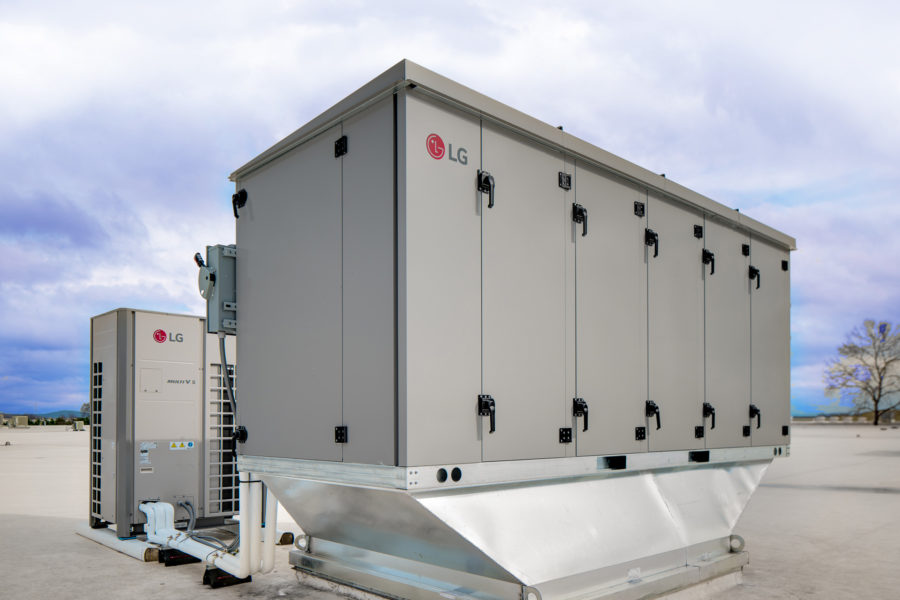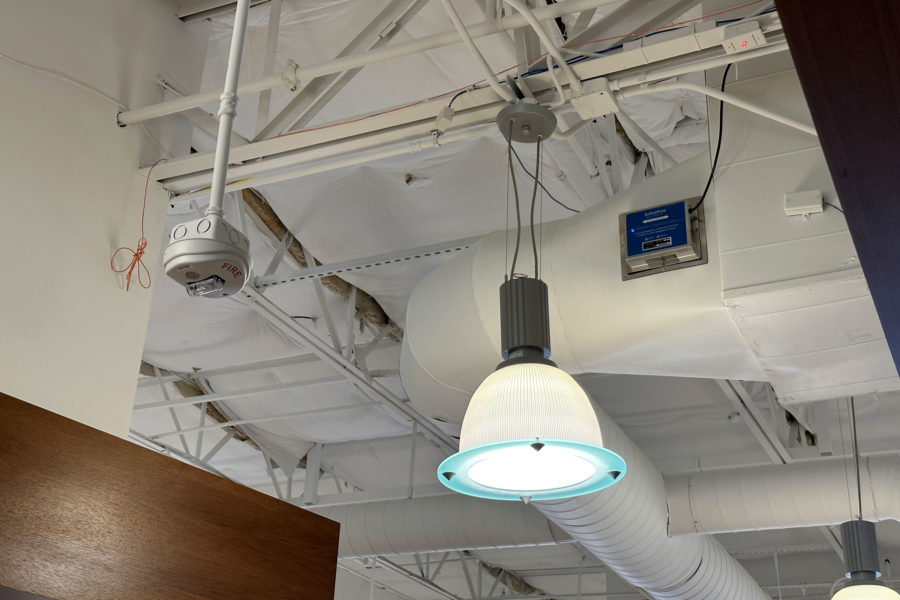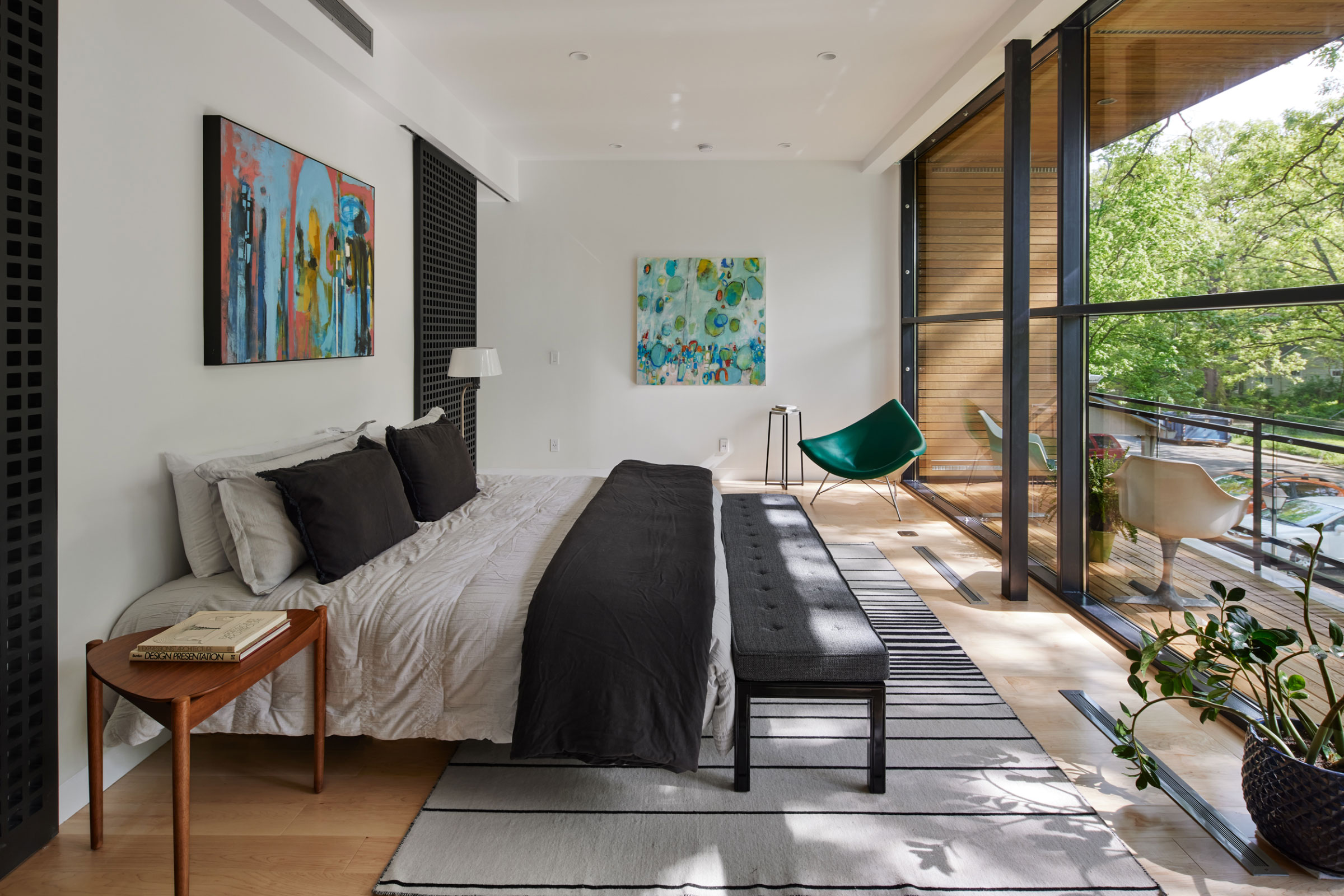Story at a glance:
- The EPA suggests optimal humidity fall below 60%, ideally somewhere between 30 to 50%.
- Humidity influences heat transfer from your body to the space around it and the perception of thermal comfort.
- Dehumidifiers, proper insulation, and air purifiers can play a role in your home’s humidity.
As winter approaches, many consider ways to battle the season’s dry air inside their home. But while your indoor atmosphere might feel arid, consider the following before buying a humidifier and adding to your house’s humidity levels.
Because cold air holds less moisture than warm air, your home often feels dry and full of static once outside temperatures start to drop. But contrary to popular belief, winter tends to lead to excess moisture indoors. Cool air from outside can seep through drafty doors and windows and, when it mixes with warmer inside air, condense on surfaces. Humidifiers just exasperate this problem.
The key to understanding ideal levels of moisture inside lies in relative humidity, or the amount of water vapor in the air, compared to the greatest possible amount of water vapor that could be present at the same temperature.
The EPA suggests optimal humidity fall below 60%, ideally somewhere between 30 to 50%. Anything lower can cause dry skin, throat, and eyes and impair the body’s defenses against viruses, bacteria, and fungi. Higher humidity levels can cause condensation on indoor surfaces, triggering bacteria and mold growth, and those with respiratory issues or asthma to struggle for air.
Both ends of the humidity spectrum—air that is either too dry or too moisture-laden—can damage furniture and flooring and affect your body temperature. Humidity, along with air temperature and movement, influences heat transfer from your body to the space around it and the perception of thermal comfort.
So when attempting to control humidity levels at home, especially during winter months, here are six methods for how to lower humidity in the house.
1. Dehumidifiers
Perhaps the most obvious and easiest way to implement ideal humidity levels inside is with a dehumidifier. These small machines revert a room’s relative humidity to that ideal 30 to 50%. Similar to air conditioning units, most dehumidifiers funnel air over cool coils inside the machine. A room’s warmer air condenses on the coils and accumulates in the dehumidifier’s collection tray. The dryer air returns to the room after passing over the dehumidifier’s warm coil.
This process sucks some of the moisture out of the air, making it less likely that mold, bacteria, and allergens, which often come with higher humidity levels, will survive.
2. HVAC Changes

Photo courtesy of LG Electronics
Heating, ventilation, and air conditioning units not only control temperature but also remove moisture from indoor air before it travels around the rest of your home. To keep this process as effective as possible, change HVAC filters every two to three months and inspect them yearly for regular maintenance.
Many smart air conditioning systems use sensors and machine learning to read a room’s change in temperature before “talking” with an air conditioning unit, immediately improving temperature and humidity.
Another option is to use DOAS units with additional HVAC equipment to bring fresh outdoor air inside as a way to greatly improve indoor air quality. LG DOAS is designed to provide better humidity control and improve indoor air quality by circulating outdoor air inside. It collects and treats the outdoor air.
If you want to understand your home’s humidity levels without this technology and adjust them yourself accordingly, you can buy a hygrometer, which reads a room’s humidity in the same way a thermometer displays temperature.
3. Insulation

ROCKWOOL. Photo by Todd Wilson Images
Many homes experience increased humidity in the winter, when cold outdoor air mixes with warmer indoor air, causing condensation on doors and windows. Consider improving insulation to prevent outside air from entering the home.
The easiest way to fix a drafty room is by weatherstripping or caulking. The former creates a seal around doors and windows with a piece of vinyl, foam, or cloth, preventing outdoor and indoor air from mixing. Caulk serves a similar purpose but takes the form of latex or silicone pumped from a tube for a more direct and complete seal.
Flooring plays just as important of a role as drafty seams do. Water in the soil beneath flooring’s concrete slab naturally attempts to diffuse through porous concrete. Without a vapor barrier or retarder layer, this moisture can degrade the concrete and increase humidity, and thus, mold and mildew in the home. Vapor retarders and barriers are made out of resin and commonly available in 8-mil, 10-mil, 15-mil, and 20-mil thickness.
When it comes to walls, another slew of factors determines the best insulation for keeping heat in—and moisture out—of the home:
Mineral wool, which consists mostly of post-industrial recycled content, contains little organic matter for moisture and mold to grow in.
Cellulose, made from recycled paper products, is prone to moisture absorption but can be made mold resistant when chemically treated and installed with a vapor barrier.
Closed-cell polyurethane foam expands and solidifies when used, making it a perfect barrier against moisture and humidity.
Polystyrene boards are inherently water-resistant, naturally repelling humidity and mold.
4. Plants
If you have a green thumb, consider lowering your home’s humidity levels with some potted vegetation. Plants absorb atmospheric water through their leaves before transpiring it back into the air, regulating moisture and humidity while creating a cooling effect.
Plants with waxy or hairy surfaces are best at reducing humidity indoors, since they often thrive in environments with moist soil and air. But that includes cacti and aloe vera, native to dry climates, which also process atmospheric moisture well.
Other natural dehumidifiers include English ivy—which fares well in bathroom dampness—spider plants, and Boston ferns. If you’re looking for a flowering humidity reducer try lilacs or peace lilies, which also absorb pollutants like formaldehyde and xylene from the air.
5. Air Purification Systems

ActivePure in action. Photo courtesy of ActivePure
If you’re not satisfied with the purification process of plants and are looking to invest in a little extra help, reimagine air quality with ActivePure Technology.
This system uses photolysis, or separating molecules with UV light, to break down molecules and create reactive oxygen species. Reactive oxygen species are unstable molecules that react with other molecules in one cell, cleaning the air.
Because these molecules are so reactive, they often die indoors, producing stuffy or stagnant air. ActivePure changes this by producing reactive oxygen species, allowing indoor air to fight bacteria and fungus. This system turns indoor humidity into an outdoor chemical reaction that neutralizes mold and other potentially dangerous organic compounds.
6. Other Home Adjustments
If too much humidity isn’t a major issue in your house, and you’re simply looking to be more cognizant of which daily activities contribute to rising humidity levels, here are some slight changes you can make.
Certain household appliances can lead to increased humidity indoors. You might notice elevated humidity levels in your bathroom or laundry room from frequent showers and dryer loads, which produce a lot of moisture. Since proper ventilation is key in reducing humidity, make sure these areas have proper vent fans. The same goes for exhaust fans over your kitchen stove. If that doesn’t do the trick, open a window.
Carpeting is notorious for holding onto moisture. If you have a lot of carpet in your home and struggle with high humidity, consider replacing it with tile or wood flooring. A similar phenomenon happens with wallpaper, which traps moisture between itself and the wall, leading to mold. Instead, opt for painted walls, which don’t have this issue.




